Goodness, here it is March. Where did that come from?
And here are some February crocuses.
The more I read, the more complicated the world seems. Recently I’ve been reading about Omega 3 fatty acids; there was a helpful article in the Times a little while ago that shed some light on one part of the puzzle – the difference between ‘good’ (EPA and DHA) and ‘bad’ (ALA) Omega 3 fatty acids, and the tendency of vitamin supplement marketers to blur the distinctions between them.
The ‘aha’ for me was discovering that the ideal balance of Omega 3 and Omega 6 in our diet should be about 4 (Omega 6) to 1 (Omega 3). Today’s diners are more likely to be in the 20 to 1 range, thanks to the transition that Michael Pollan describes as a catastrophic shift of our “western diet” from leaf- to seed-based feeding.
The outcome is that it’s harder all the time to get enough Omega 3 in our diets, since it comes mainly from green leafy vegetables and cold-water fish, and our diet is increasingly heavy on cereals such as wheat, corn and rice, and we eat more meat than we should (beef is a special case — but more about that later).
More problematic still is the question of whether or not fish is a good thing to be eating nowadays. Between over-fishing and dangerously high mercury levels in some fish, it’s hard to know what to do. There’s a helpful chart in an exceedingly helpful article called Mercury in Fish vs. Omega-3 Fatty Acids Health Benefits that clarifies many of the questions.
Someone had told me they’d heard mackerel was particularly bad for several reasons, but it turns out that King Mackerel is bad; Atlantic Mackerel is ok. From a mercury point of view, at least. But how do you know what you’ve got when the tin in your hand simply says “Mackerel”?
I’d been shocked to read in The Omnivore’s Dilemma and again in Not on the Label about the alarming transformation in beef of ‘good’ Omega 3’s into less helpful Omega 6s through the beef industry’s switching them from grass-eating animals to grain-fed meat products. It’s true even for a cow that ‘you are what you eat’, and by eating Omega 6-laden grain, the cow’s flesh becomes likewise heavy on the Omega 6, and therefore so does the meat we consume.
By the same reasoning, we should be wary of farmed salmon – once a favoured source of Omega 3s – that are fed corn and other grains instead of their Omega 3-rich natural diet. (But then the natural diet – requiring anywhere from two to five kg of fish (as feed), depending on whose statistics you read, to produce one kg of farmed salmon – is also unsustainable.)
An otherwise thoughtful article about salmon farming by Cameron MacDonald in the Globe & Mail (Feb. 23 Focus) fell a bit short, I thought, by not discussing these health implications when promoting grain-fed salmon as the solution to the destructive practices that harvest the fish that go into the fish pellets being fed to farmed salmon in BC. But then, as the author rightly says, eating wild salmon isn’t helping either in these times of over-fishing.
Eat less of all meats and fish, I guess is the only sustainable answer. Eat mostly plants, as Pollan says.
And here he is:
[youtube=http://www.youtube.com/watch?v=LWg0cCNAB-M]
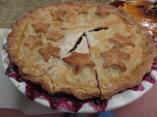

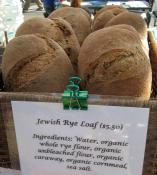
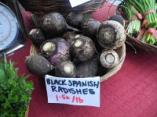


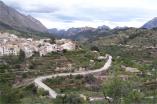


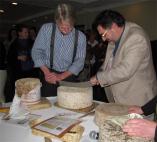
0 Responses to Omega 3 & 6 fatty acids